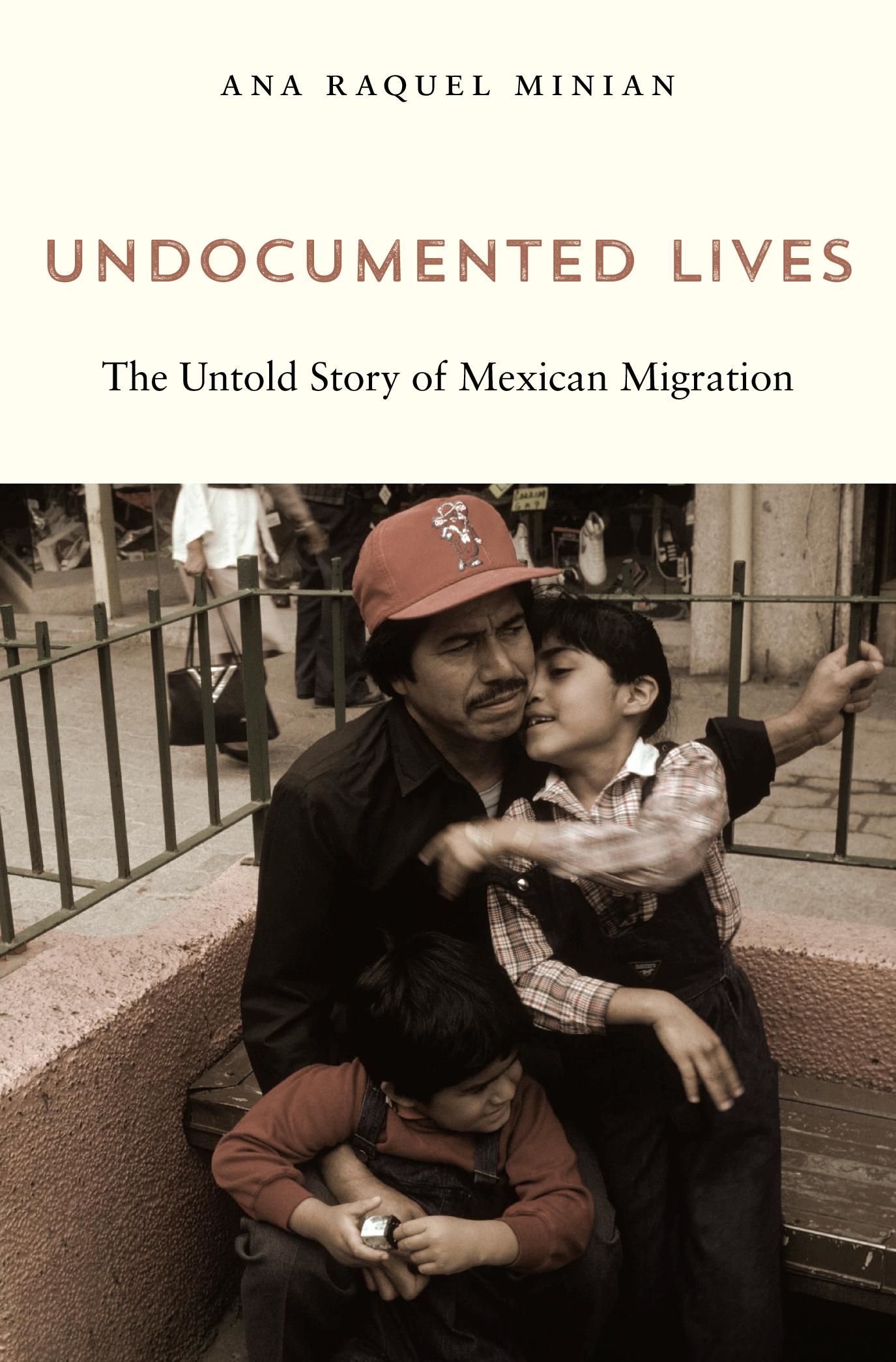What is it about this moment in U.S.-Mexico relations regarding immigration that you think is interesting or unique?
Since 2008, there’s actually been net negative migration. So, what we see now is a lot of anti-Mexican rhetoric, for example, when Trump ran his campaign, we heard him say that Mexicans were coming in and they were probably criminals and rapists. But of course what he did not mention was that more Mexicans are leaving the country than coming in.
Mexican migration had grown steadily and increasingly since the end of the bracero program, especially undocumented migration. That was a guest-worker program that started in 1942, in which Mexican workers could come, work legally in the United States for short periods of time, and then return to Mexico. It continued until 1964. Undocumented folks were used to coming in the bracero program, and once the program ended, and they could no longer continue to come legally to the United States, they simply did so without papers. And migration continued to grow until 2008. So, in terms of what’s unique about this historical moment, in terms of Mexican migration, it’s that the rhetoric continues to be very anti-Mexican even though migration is actually in decline from Mexico.
And I assume the main reason for the decline is something to do with the economy in the United States and in Mexico?
Yes, well, a lot of things happened in 2008. The recession harmed Mexicans greatly and many just decided to start heading home. The other thing is that Mexican migration, up until 1986, used to be circular. It was primarily men who would come. They would stay here for a while, they would make some money, and then they would return home to be with their families. And then when they needed money again they would come again. Now, in 1986, what happens is there’s a new law [the Immigration Reform and Control Act] that legalizes a lot of people, but another thing that it does is it fortifies the U.S.-Mexico border, making it harder to engage in the circular migration of coming and going.

